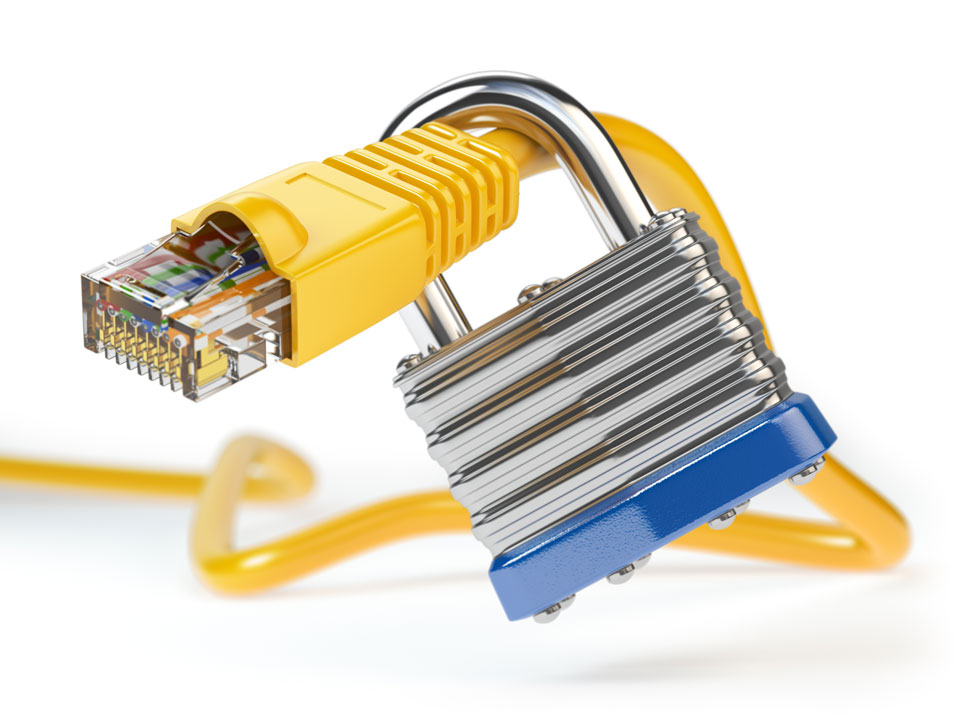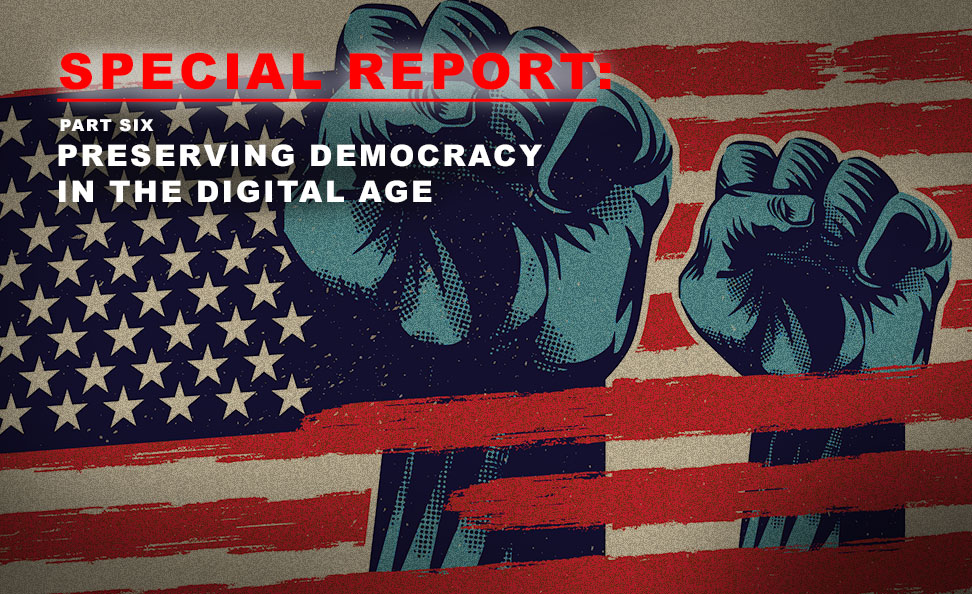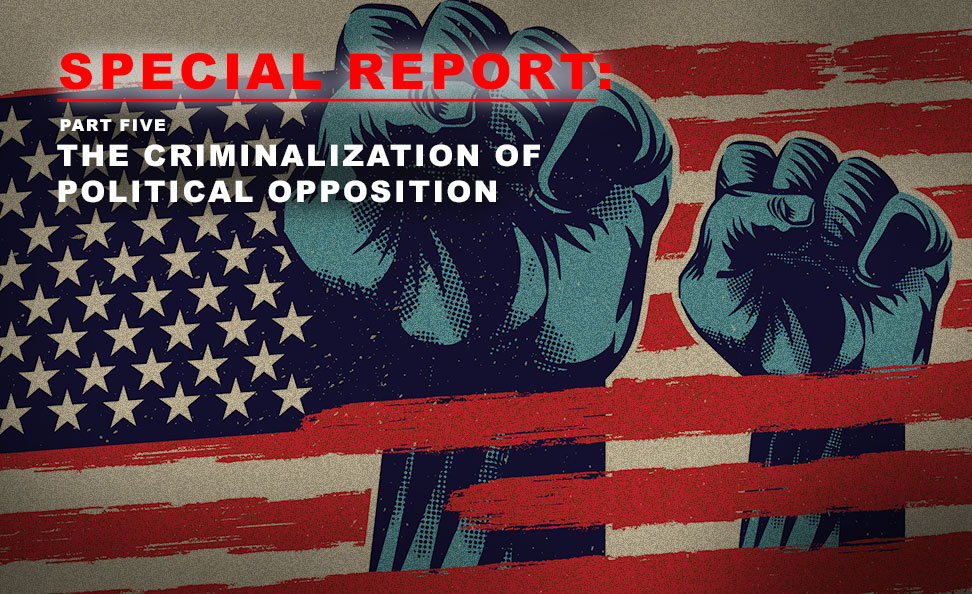Imagine you’re browsing the web using a VPN (Virtual Private Network) to keep your online activities private, like accessing public Wi-Fi at a trendy coffee shop. And if you’re like me, or at least how I was, you’re not aware of VPN security risks. You think you’re safe, but in reality, your connection could be hijacked by someone with malicious intent – all because of a hack called the TunnelVision VPN vulnerability as detailed in a recent article appearing on the Ars Technica website.
By the end of this video, I’ll show you two simple but powerful VPN features that can help better protect you from online hackers and threats.
TunnelVision is nothing new. It has been around since 2002, quietly lurking in the shadows like a sneaky cyber-crook waiting for its chance to strike. It’ a chilling thought, isn’ it? With the increasing reliance on VPNs as our digital lifeline, it’s crucial we understand the risks and take proactive steps to protect ourselves.
How a VPN Works

So, how does a VPN actually work?
A VPN creates a secure ‘tunnel’ between your device and the internet, hiding your IP address, private information, and encrypting your data.
Think of it like this: when you connect to a VPN, your device is essentially saying,
‘Hey, I want to go online, but I don’t want anyone to see my real identity or know what I’m doing!’ The VPN responds by wrapping your connection in a layer of encryption, making it look like you’re accessing the internet from a different location altogether.
But here’s the thing – some hackers have been exploiting a vulnerability called TunnelVision since 2002.
The TunnelVision VPN vulnerability allows attackers to bypass the VPN tunnel and expose your data in real-time. Imagine you’re sending sensitive information over the internet – a password, a credit card number, or a private message – and someone is intercepting it … all without you ever knowing.
TunnelVision VPN Vulnerability & VPN Security Risks: Proactive Security Measures
Realistically, firewalls and rule-based solutions can only do so much in terms of protecting us from TunnelVision attacks. These rules are like trying to hold back a floodgate with a toothpick – it might slow things down, but it won’t stop the inevitable. Nor will it stop higher-level VPN security risks.
Imagine if your VPN came with built-in TunnelVision protection – like having a personal bodyguard for your online activities. It would detect and mitigate attacks in real-time, without you even needing to lift a finger. No more worrying about workarounds or patching vulnerabilities – just pure, unadulterated security.
But how does it work? Well, a secure VPN could use advanced AI-powered detection algorithms to identify suspicious traffic patterns and shut down potential TunnelVision VPN vulnerability attacks before they even happen. It’s like having a superpower for your online safety!
And the best part? This technology is already being developed and tested by top VPN providers. It’s not some far-off fantasy – it’s the future of online security, right here and now.
So, what can you do to stay ahead of the game?
Interview with NordVPN: VPN Provider Expert
I reached out to a number of VPN providers by email to learn more about this hack, VPN security risks, and what VPN providers are doing to protect users.
Only one responded. NordVPN.
For full transparency, I am not sponsored or supported in any way by NordVPN – I’m not even a NordVPN customer.
Here’s the unedited transcript of what NordVPN had to say:
None of our apps leak traffic, if ‘Stay invisible on a local network’ and ‘Kill Switch’ features are enabled within app settings menu.
Side channel attacks would result in lost Internet connection, but not the data leak as well.
In theory, attacker could exploit the vulnerability if:
• they have access to the network their target is connected to;
• they know the destination IP the target is trying to access;
• resources target is trying to access are not under any kind of CDN.
If all of these requirements are met, attacker could try to block certain IP addresses and then guess whether the target’s traffic has dropped because of it. This could reinforce their belief that the target is visiting the website they are suspecting, but it would still be probabilistic.
That said, even in this case, it won’t provide attackers with any content of the target’s requests.
Stay Invisible on a Local Network
Imagine you’re using a VPN to protect your online activities while connected to a public Wi-Fi network like that trendy coffee shop from the beginning of this story. However, even with a VPN, there’s still a risk of being tracked or monitored by other people on the same network in the coffee shop.
The “stay invisible on a local network” feature helps to minimize this risk by hiding your IP address and making it harder for others to detect that you’re using a VPN. This is especially important when using public Wi-Fi networks, as they can be vulnerable to hacking and snooping.
Think of it like this: when you enable “stay invisible on a local network,” you’re essentially wearing a cloak of invisibility while connected to the network, making it harder for others to identify or track your online activities, let alone even know you’re there.
Kill Switch
The “kill switch” is a feature that automatically disconnects your internet connection if the VPN is interrupted or compromised. This means that even if someone tries to intercept or hack into your VPN connection, the kill switch will quickly and completely shut down the entire connection and prevent any sensitive data from being exposed.

Think of it like this: the kill switch is like having a panic button in your car that immediately shuts off the engine if you’re involved in an accident.
In the same way, when your VPN connection is compromised, the kill switch instantly disconnects the internet connection to prevent any potential damage, data leakage, or exposing your online identity.
By enabling both of these features together, you can ensure that your online activities are not only protected by a reliable VPN but also safeguarded from local network threats and potential VPN connection interruptions.
To further complicate these types of attacks, hackers would need access to the network you’re using, and would need to know the IP address you’re trying to reach. Not only that, but resources protected by CDNs (content delivery networks) are generally protected.
Overall, NordVPN’s response highlights the importance of using their apps with specific settings enabled to prevent potential attacks. However, it also suggests that a skilled attacker could potentially exploit the vulnerability under very specific, albeit highly unlikely circumstances.
Again, I’m not a Nord customer and I’m not sponsored by them … they were the only VPN provider that responded to my request. And it’s my guess that the other VPN providers have similar features to protect their users. To summarize, activating features like “stay invisible on a local network” and “kill switch” will help protect your privacy from these types of attacks.
I must admit that I was pleasantly surprised by NordVPN’s transparency and thorough explanation of the TunnelVision hack, and I wish other VPN providers had responded similarly.
Wrap Up
It’s clear that protection from VPN security risks is more important than ever, and choosing a provider that prioritizes proactive measures against evolving cyber threats is crucial.
Your VPN is like a shield that protects you from online threats. Just as you wouldn’t leave your house without locking the door, you shouldn’t venture online without using a reliable VPN. I think it’s also safe to say you get what you pay for. Given the nature of the TunnelVision VPN vulnerability hack, I would not want to trust my privacy with a free or less reputable VPN service.
If you’re looking for a VPN that can keep up with the latest threats, including TunnelVision, consider providers that offer built-in protection or have a strong track record of security innovation. Look for features like local network security and internet-dropped kill switches.
And remember, it’s not just about choosing a provider – it’s about being aware of the potential risks and taking proactive steps to stay safe online.
The fundamental right to privacy is a basic human right that must be protected and respected. This includes not only physical privacy but also online privacy.
In today’s digital age, our online activities are increasingly vulnerable to surveillance, tracking, and data collection by corporations, governments, and other entities. The erosion of online privacy has serious consequences for individuals’ autonomy, dignity, and freedom.
A VPN is inexpensive and easy to install. By using a VPN, you can protect you personal data and privacy from unauthorized collection, use, or disclosure, ensuring a safer and more secure online environment. This helps create a society where citizens can freely express themselves, access information, and engage in democratic processes without fear of surveillance or censorship.








